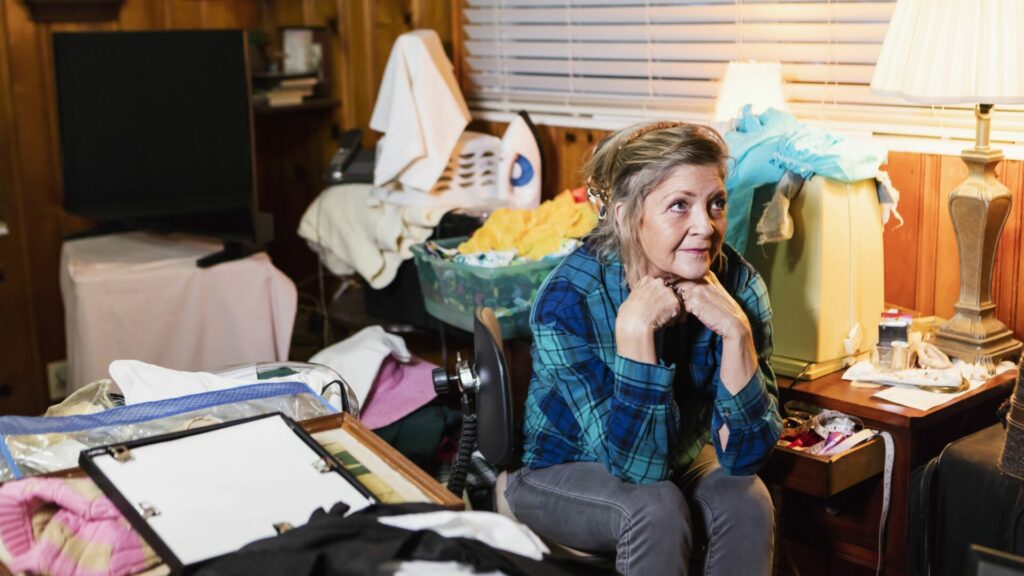If you are one of the millions of people who suffer from hoarding, there is hope. Treatment for hoarding can help you conquer your clutter and regain control of your life. In this blog post, we will discuss the different types of treatment for hoarding, as well as the steps that you need to take to get started. We will also provide tips for overcoming common challenges associated with treatment for hoarding. So don’t wait any longer – start conquering your clutter today.
Contents
What Does “Hoarding” Mean?
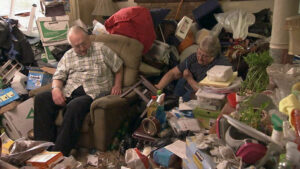 Hoarding is defined as the persistent difficulty of discarding or parting with possessions because of a perceived need to save them. A person with hoarding disorder experiences distresses at the thought of losing an item or items and fears that he or she may need it in the future.
Hoarding is defined as the persistent difficulty of discarding or parting with possessions because of a perceived need to save them. A person with hoarding disorder experiences distresses at the thought of losing an item or items and fears that he or she may need it in the future.
Hoarding is often seen as a symptom of another mental health disorder, such as OCD, depression, or anxiety. However, it can also be a stand-alone disorder. Hoarding is also a common trait in people with ADHD.
There are several reasons why people may start hoarding. For some, it may be a way to cope with anxiety or depression. For others, it may be a way to feel in control of their environment. And for some, it may simply be a matter of genetics (hoarding runs in families).
Hoarding can have several negative consequences, both for the person suffering from the disorder and for those around him or her. Physically, hoarded items can block exits and create trip hazards. They can also attract vermin and pests, which can lead to health problems.
Mentally, hoarding can cause a great deal of anxiety and stress. It can also lead to social isolation and relationship problems. And, in extreme cases, it can even lead to homelessness.
If you think you or someone you know may be suffering from hoarding disorder, there is help available.
Types of Treatment For Hoarding
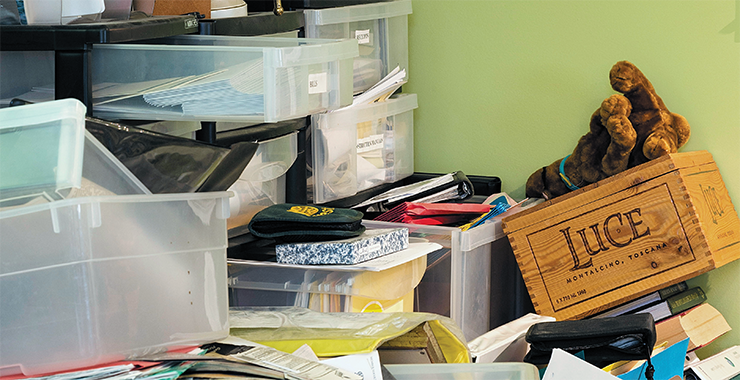
There are many types of treatment for hoarding. Some people may need medication to help with anxiety or depression. Others may need therapy to help them understand their thoughts and behaviors around hoarding.
Some of these types of treatment are:
Medications
 Medications are often used to help with anxiety or depression. This can be helpful if hoarding is related to these conditions. Medications are also sometimes used to help with OCD. Some of these medications are:
Medications are often used to help with anxiety or depression. This can be helpful if hoarding is related to these conditions. Medications are also sometimes used to help with OCD. Some of these medications are:
Selective serotonin reuptake inhibitors (SSRIs): SSRIs are a type of antidepressant. They can help with depression and anxiety. This type of medication can take several weeks to work.
Serotonin and norepinephrine reuptake inhibitors (SNRIs): SNRIs work by inhibiting the reuptake of serotonin and norepinephrine, two neurotransmitters that play important roles in mood regulation. This class of medication is often used to treat depression and anxiety disorders, both of which are common comorbidities associated with hoarding disorder.
Tricyclic antidepressants (TCAs): TCAs are a type of antidepressant that works by inhibiting the reuptake of norepinephrine and serotonin. They are older medications that are not as commonly prescribed as SNRIs or SSRIs, but they may be effective for some people with hoarding disorder.
Benzodiazepines: Benzodiazepines are a type of medication that is used for anxiety. They can help with short-term anxiety, but they are not meant for long-term use. This type of medication also carries a risk of dependence and abuse, so it should be used with caution.
Therapy

Many different types of therapy can be helpful for hoarding. Some of these are:
Cognitive behavioral therapy (CBT)
CBT is a type of therapy that helps people change their thoughts and behaviors. It can help people with hoarding disorder to understand their thoughts and feelings about hoarding. CBT can also help people to learn new ways to cope with anxiety and stress. CBT works by helping people to change the way they think about their belongings. Also, CBT works by helping people to learn new skills for organizing and managing their belongings. CBT is also a very effective treatment for anxiety and depression, which are common comorbidities associated with hoarding disorder.
Exposure Therapy
Exposure therapy is a type of cognitive behavioral therapy that involves gradually exposing yourself to the things you’re afraid of. The idea is that by repeatedly facing your fears, you’ll eventually become less afraid of them.
For people with hoarding disorder, this might mean starting with small items and working up to larger ones. For example, you might start by discarding a few items from a pile, then gradually increase the number of items until you’re able to let go of an entire hoard. Exposure therapy also involves learning to manage anxiety and other emotions. The working of this therapy is slow but it has long-lasting effects.
Acceptance Therapy
Acceptance Therapy is a type of cognitive behavioral therapy that helps people to accept their hoarding and live with it more functionally. This approach does not focus on getting rid of the hoard, but rather on helping the person to manage it in a way that is safe and healthy. This type of therapy can be very helpful for those who are struggling to let go of their possessions. Acceptance therapy works by helping the individual to change their thinking about their hoarding. It also helps them to develop coping and problem-solving skills to deal with their hoarding. This type of therapy can be done in individual or group settings, and it is often combined with other types of treatment, such as medication.
Dialectical Behavioral Therapy
Dialectical behavioral therapy is a type of cognitive behavioral therapy that emphasizes the development of skills to manage emotions and improve relationships. It is often used to treat mood disorders but can be effective for other mental health conditions as well.
The goal of dialectical behavioral therapy is to help people learn how to accept themselves, even with their flaws and imperfections. This acceptance is a cornerstone of recovery from hoarding. Dialectical behavioral therapy has four main components: mindfulness, distress tolerance, emotion regulation, and interpersonal effectiveness.
- Mindfulness involves learning to pay attention to the present moment without judgment. This can help people become more aware of their thoughts and feelings, which can make it easier to manage them.
- Distress tolerance helps people deal with difficult situations in a more effective way. They learn skills like how to stay calm in the face of crisis and how to accept things that cannot be changed.
- Emotion regulation helps people identify and change the thoughts and behaviors that contribute to their negative emotions. This can involve learning how to deal with triggers, managing stress, and improving communication skills.
- Interpersonal effectiveness helps people develop the skills they need to have healthier relationships. This can include assertiveness training, boundary setting, and conflict resolution. If you or someone you know is struggling with hoarding, dialectical behavioral therapy may be a helpful treatment option. It can provide tools for managing emotions, dealing with difficult situations, and improving relationships.
Interpersonal Therapy
IPT is a type of therapy that helps people understand and work through their relationships with others. IPT is an effective treatment for hoarding disorder, as it can help hoarders learn how to communicate better, manage their emotions, and set boundaries. The work of IPT is to target these interpersonal issues and help the individual identify any unhealthy patterns in their relationships. IPT can be conducted in group or individual sessions, and typically lasts for 12-16 weeks. This therapy also works by helping the individual to understand how their hoarding behaviors may be affecting their relationships, and to develop new coping skills.
Support Groups
Another treatment option for hoarding is to join a support group. There are many different types of support groups, but they all provide a space for people with similar issues to share their experiences and offer each other advice and support. Some groups focus specifically on hoarding, while others may be more general. Joining a support group can help you feel less alone in your struggle and can give you some practical tips for dealing with your hoarding.
If you’re interested in joining a support group, you can ask your doctor or therapist for recommendations, or look online or in the phone book for listings in your area. You may also be able to find information about local groups through national organizations.
Self-Care

Another treatment for hoarding is self-care. This means that you will have to do things for yourself that help you relax and feel better. Consider taking up a hobby, such as gardening or knitting. These activities can help take your mind off of your hoard and give you a sense of accomplishment. Other forms of self-care include relaxation techniques like yoga or meditation. Taking care of yourself can be difficult, but it is important to recover from hoarding.
Some of these self-care activities are:
Eating Good Food
One of the most important things you can do for yourself is to eat healthy foods. Eating nutritious meals will help improve your mood and give you the energy you need to tackle your hoard. Consider making a grocery list of healthy foods that you enjoy eating.
Exercise
Exercise is another important form of self-care. It releases endorphins, which have mood-boosting effects. Exercise can also help reduce stress and anxiety. Even if you don’t feel like exercising, just getting up and moving around for a few minutes can make a difference.
Sleep
Getting enough sleep is crucial for your mental and physical health. When you’re well-rested, you’ll have more energy to work on your hoard. aim to get at least eight hours of sleep each night.
Talk to Someone
It’s important to talk to someone about your hoarding problem. This can be a friend, family member, therapist, or doctor. Talking to someone can help you understand your thoughts and feelings about your hoard. It can also be a relief to know that you’re not alone in this struggle.
Practise Mindfulness
Mindfulness is a form of meditation that involves paying attention to the present moment. This can help you focus on what’s important and let go of negative thoughts. Mindfulness can be practiced anywhere, at any time. There are many mindfulness apps and websites that can help you get started.
Do What You Like
Another way to care for yourself is by doing things that you enjoy. This can be anything from reading, going for walks, or listening to music. Doing things that make you happy will help reduce stress and improve your mood.
Tips To Keep In Mind While Getting Treatment For Hoarding
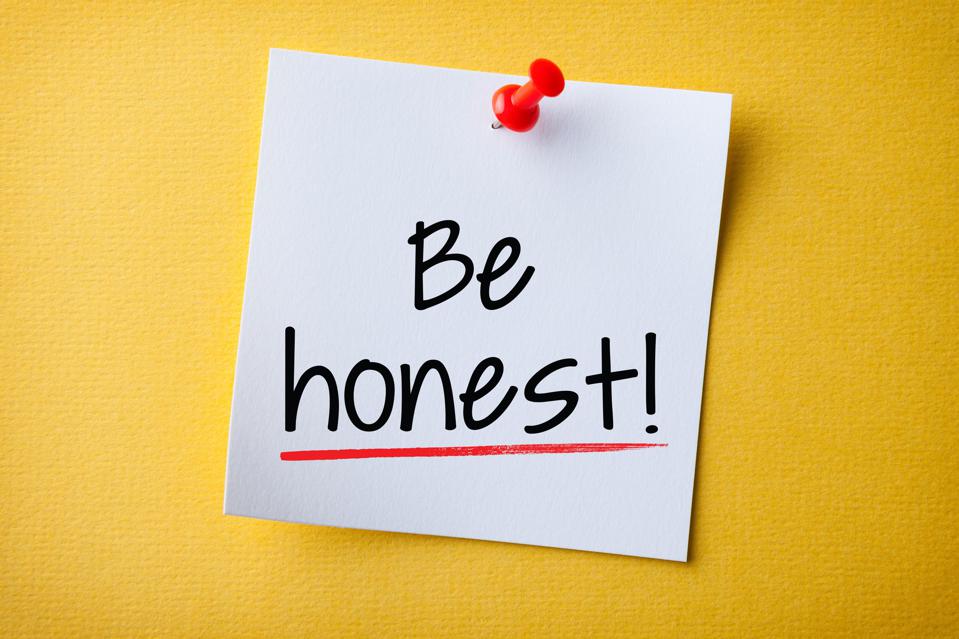
There are many tips that you can keep in mind while you are getting treatment for hoarding. Here are some of the most important ones:
- Make sure that you are ready to change. If you are not ready to make changes, then treatment will not be effective.
- Be honest with yourself and with your therapist. It is important to be open about your thoughts and feelings to make progress.
- Be patient. Change takes time, so do not expect miracles overnight. Stick with it even when it is tough and trust that the process will eventually lead you to a better place.
- Seek professional help if necessary. If you feel like you cannot overcome your hoarding tendencies on your own, seek out professional help from a therapist or counselor.
- Try to find a support group. There are many groups out there that can offer support and understanding. This can be a great way to share your experiences and learn from others who are going through the same thing.
- Don’t give up. Change is possible, so believe in yourself and keep working towards your goal. If you or someone you know is struggling with hoarding, please don’t hesitate to reach out for help. There are resources available that can make a difference. Remember, you are not alone in this battle.
By following these tips, you will be on your way to conquering your clutter and living a more organized and peaceful life.
Benefits of Treatment For Hoarding
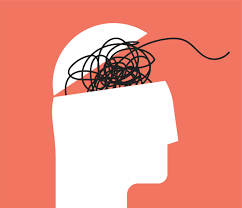
There are many benefits of seeking treatment for hoarding disorder. Perhaps the most obvious benefit is that it can help to improve your living situation and make your home more livable. However, treatment can also provide other benefits such as:
Helps To Understand Yourself
One should learn more about oneself during the process of treatment for hoarding. This understanding can help to provide some insight into why you hoard and what might trigger your urges to do so. Sometimes there may be some deep-rooted reasons for your hoarding behavior that you were not previously aware of.
Give More Organized Life
Treatment can also help to bring some organization into your life. Many people who suffer from hoarding disorder live in complete chaos and disarray. Treatment can help to teach you how to organize your belongings and your living space in a way that is more functional and manageable.
Reduced Stress Levels
Living with hoarding disorder can be an extremely stressful experience, not only for the individual suffering from the disorder but also for their loved ones. Seeking treatment can help to reduce stress levels significantly. This is because treatment can help you to declutter your home and get rid of any items that are causing you anxiety or stress.
Improves Relationships
Hoarding disorder can often strain relationships with family members and friends. This is because people who hoard often isolate themselves from others and become very reclusive. Treatment can help to improve these relationships by teaching you how to communicate better with your loved ones and manage your hoarding behavior in a way that does not negatively impact your relationships.
Helps You To Relief
Suffering from hoarding disorder can take a toll on your self-esteem and make you feel ashamed and embarrassed about your condition. Treatment can help you to feel better about yourself by providing you with the tools and resources you need to overcome your disorder. After completing treatment, many people report feeling a sense of relief and accomplishment.
Conclusion
Treatment for hoarding can be difficult, but it is possible to overcome your clutter. With the help of a therapist, you can learn to manage your belongings and develop healthy habits. If you or someone you know is struggling with hoarding, don’t hesitate to seek professional help.
Hoarding is a serious problem that can wreak havoc on your life. If you think you might be a hoarder, consider seeking treatment from a professional. With the right help, you can conquer your clutter and live a happier, healthier life. There are also many helpful resources available online and through support groups. So don’t give up hope – help is out there!
If you or someone you know is struggling with hoarding, don’t hesitate to seek professional help. With the right help, you can conquer your clutter and live a happier, healthier life.
Hope this article was of help to you! If you are suffering from OCD, you may seek help from Therapy Mantra. We have a team of highly trained and experienced therapists who can provide you with the tools and skills necessary for overcoming OCD. Contact us today to schedule an online therapy or download our free OCD treatment app on Android or iOS for more information.
